You may remember the smell of bleach in your grandma’s house. For each stain or each floor to be washed, she proudly brought out her can, ready to give all these beautiful people a clean and to make this product rhyme with scrubbing, scrubbing and washing. This product is anchored in customs and 7 out of 10 French people use it. But you will have understood from the title, Grandma is not a big fan of this water! The fact is that many people have incorrect knowledge about this product or adopt actions that are dangerous for themselves, their loved ones and the environment. We’ll tell you more about this friend who doesn’t only want good things for us and the reasons to finally ban bleach!
It disinfects, whitens, deodorizes, but does not clean!
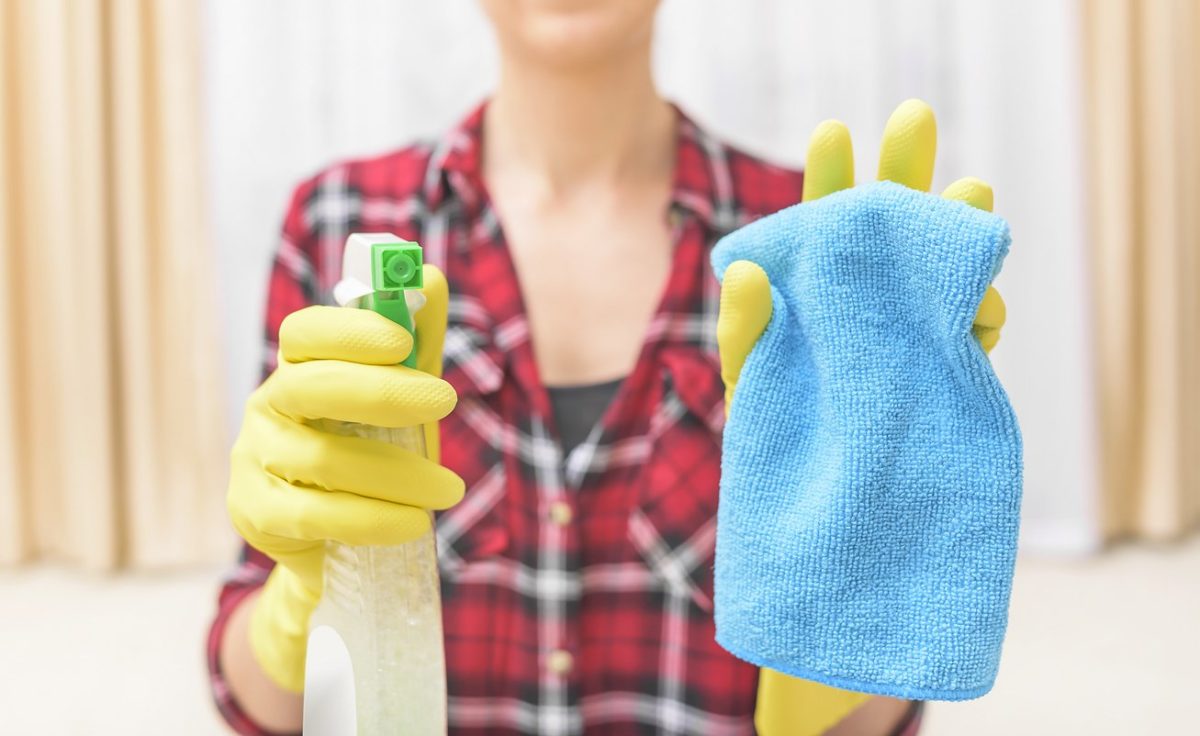
Thanks to its powerful whitening effects, it has no equal in giving a impression clean. However, it does not contain any surfactants, which means that it is of no use in cleaning: it does not clean and descale even less. It also has no degreasing power. The clean effect is in fact only illusory, because bleach whitens dirt. It can only be useful AFTER cleaning to disinfect (and as we explained to you in the past, it should not never be mixed with other products). It is therefore useful during epidemics and in hospital or catering environments. As for its deodorizing effect, it is undeniable. However, it is easily replaced by products that are as effective on bad odors and are more harmless.
Disinfectator!
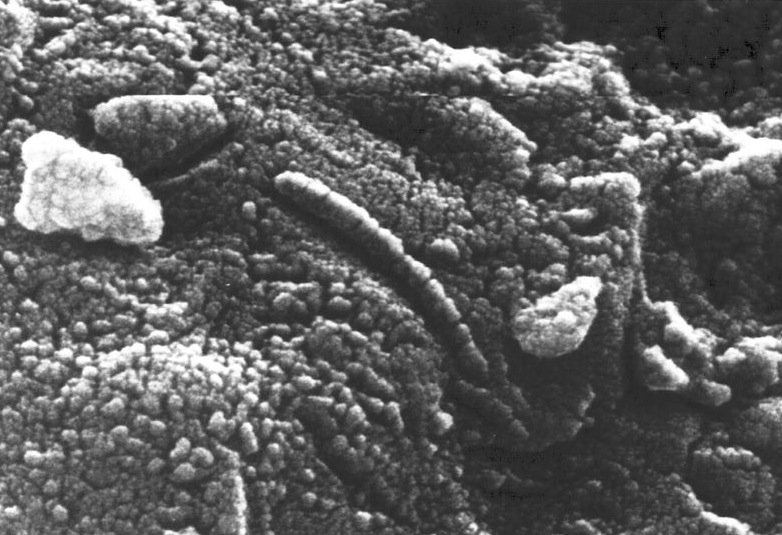
The household products industry has been very strong in promoting the belief that a good home is one that is sanitized from floor to ceiling. Bleach certainly disinfects, but in doing so, it destroys both bad and good life forms. However, this sanitization poses a problem for the immune system which is weakened. Certain micro-organisms are, for example, important for protecting our skin, digestion, the production of oxygen, etc. We can say: it is too powerful for a home where the risks of contamination are minimal.
A danger to health and the environment
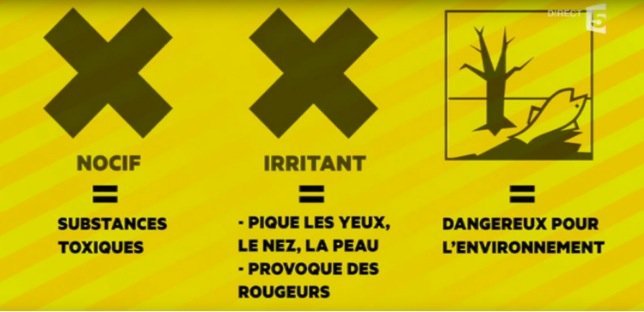
-
Health risks
A quarter of poisonings are linked to household products, including 40% for bleach alone. It is a toxic and corrosive product for mucous membranes. Even without coming into close contact with the product, simple fumes can create nausea and headaches. « Bleach is a kind of pure acid, it is a bactericide, and therefore potentially it can harm our skin, our respiratory tract from the nose to the bronchi as well as the eyes », as deciphered by Dr Thuong Nhân Pham Thi, pulmonologist and allergist. Moreover, a study published in the journal Occupational and Environmental Medicine is clear: children aged 6 to 12 have greater risk of developing respiratory and ENT infections if bleach is used in their home.
-
A danger to the environment
Already, she is incompatible with septic tanks and prevents them from working properly by killing all the bacteria. Furthermore, it contains chlorine which is dangerous for the planet. Following its evaporation, it passes into the air and mixes with other substances, these organochlorine cocktails are very persistent in the air, water and soil and therefore harmful to the environment.
She must never cross the threshold of the kitchen… NEVER.
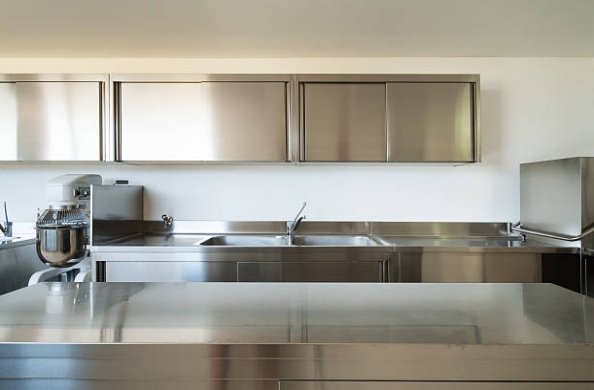
White vinegar does the same job of disinfecting and deodorizing while being food compatible. This is not the case with bleach, which should never touch the various surfaces in the kitchen. And this, even with a good rinse or to remove any stain. Plus, she’s so corrosive that it attacks stainless steel worktops. It’s also a disaster on ceramic or induction hobs.
Banning it is one thing. But what should you replace your bleach with?

You have the choice : clay stone, white vinegar, black soap, lemon juice, Marseille soap and baking soda to clean, remove stains and degrease and essential oils to disinfect and deodorize (tea tree is bactericidal, fungicidal and viricidal, oregano is bactericidal and viricidal, aspic lavender smells very good and is fungicidal, lemon is bactericidal and effectively refreshes the smell of an interior, etc.). To whiten, you can use sodium percarbonate, a multi-purpose product that respects the environment. To remove stains, opt for hydrogen peroxide instead.
9 tips for those who don’t want to ban bleach:
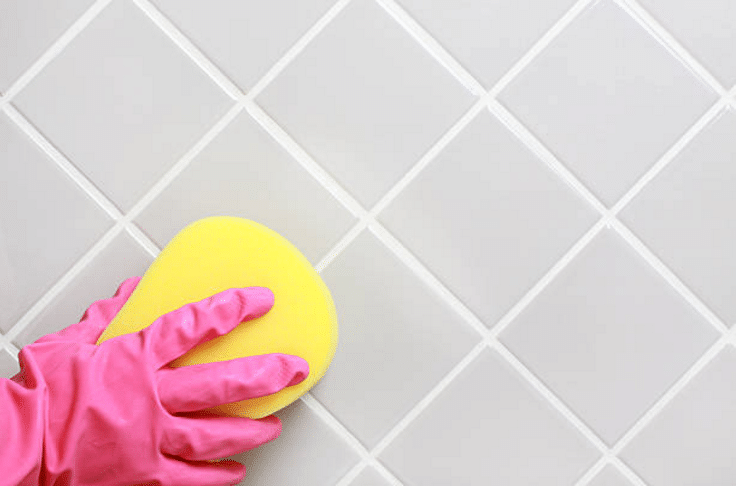
- Never forget that this is a dangerous product. Don’t underestimate its effects…
- Store it away from air, light and heat to maintain its disinfectant properties (poorly preserved, it is no longer useful).
- Always clean the surface AVANT to bleach.
- Never mix, bleach works alone.
- Dilute it in cold water for each use (never hot water, as there is a risk of steam at high temperatures). Do not neglect the use of gloves and eye protection.
- If you don’t want to smell the fumes, soak a sponge or cloth soaked in a mixture of equal parts water and bleach, dab a little, condemn the room and leave it on overnight before rinsing thoroughly.
- For cooking, use white vinegar, especially in the fridge.
- Never heat iteven to recover a burnt pan (unless you absolutely want to harm your health by arranging for it to release even more toxic gases).
- Before throwing it away, put it two days in the sun to deactivate it. The planet will thank you.


